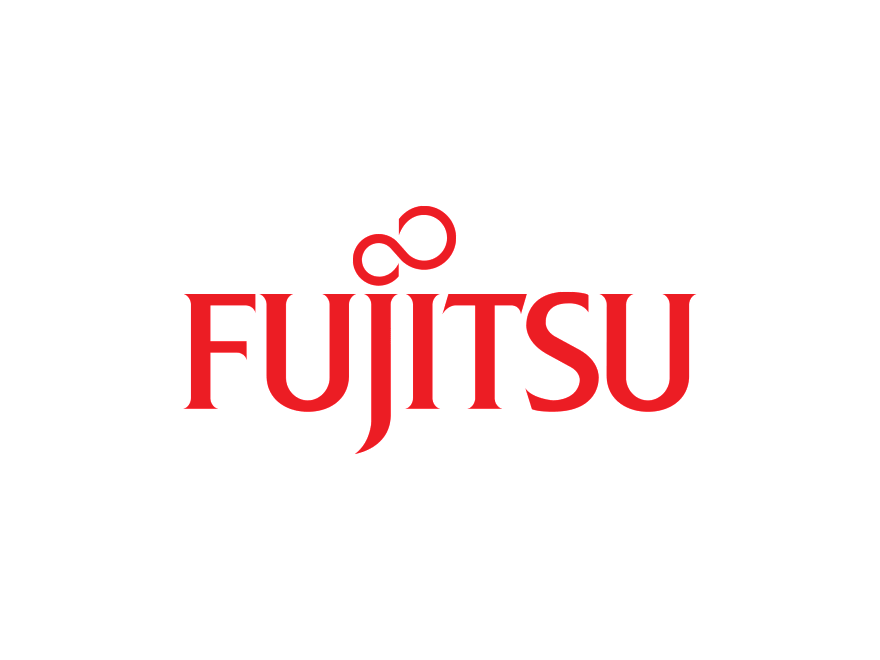

The Industry 4.0 Era, and Understanding what the Consumer Wants
Whenever innovations and new business models emerge, it is essential that these developments are protected, especially in the case of digital data. According to the European Patent Office, most of the applications they receive are from major companies, while small and medium-sized companies (SMEs) are greatly underrepresented. This is surprising when considering that small and medium-sized companies that own intellectual property rights hold over 30 percent more sales per employee, according to the European Intellectual Property Office.
Within the last several years, the focus has shifted from pure technology to consumer benefits and new/innovative business models. Homeland Security Research Corporation’s (HSRC) Industry 4.0 Market, Technologies & Industry: 2019-2023 market explains how Industry 4.0 competition is not only about technology or offering the best products; it is also, and in particular, about the companies that gather the appropriate data, combine them to provide the best digital services, and in addition, utilize the data for their own benefit. Those who know what the customer wants, and can forecast consumer demand, will provide the information to develop an unfair competitive advantage.
“It is imperative for SMEs to develop and identify software solutions that are suitable for patenting”, said Klaus Helmrich, a member of the Managing Board of Siemens AG and CEO Siemens Digital Industries, where he spoke at the “Forum of German SME” (“Forum Deutscher Mittelstand”) in Stuttgart, southern Germany.
Around 500 representatives attended the forum from numerous well-known German companies in mechanical and plant engineering. The central theme was digital strategies and future technologies for small and medium-sized companies. “The midmarket sector has always been characterized by its innovative force. We now need to protect these innovations with new approaches to patenting software and applications, for example,” Klaus Helmrich explained.
When considering the next stage of digital transformation, cutting-edge technologies will have an influential role to play in the process since they allow data to be evaluated more comprehensively and in more depth than before; users can now collect and view data on cloud platforms and are able to analyze it using artificial intelligence algorithms. They can learn how how to make their production processes even more efficient by developing and using new quality management and test methods. Take Mindsphere for example. Mindsphere is an open cloud-based loT operating system from Siemens, where the data solely belongs to the user companies that generate this data, and they can decide who will have access to this data. “Companies of every size and from a wide range of industries can utilize MindSphere – from automobile to beverage producers, and from small and medium-sized companies to large corporations”, explained Helmrich.
MindSphere World is a great example of forming new and collaborative ways of working together in the Industry 4.0 era. According to their website, “MindSphere World offers a forum for anyone who wants to use MindSphere, the open, cloud-based IoT operating system, to drive and participate in this rapid development – from users to experts to app developers”. The association aims to support individual members in developing and optimizing IoT solutions on MindSphere, as well as tap into new markets in the digital economy.
According to Homeland Security Research Corporation’s (HSRC) Industry 4.0 Market, Technologies & Industry: 2019-2023 market report, the Industry 4.0 transformation will change long-held dynamics in commerce and global economic balance of power. Industry 4.0 Market Research forecasts that the market will undergo a major transformation in 2019-2023 via the following drivers:
- Fast growing market, expected to reach $1 Trillion by the early 2030.
- Global competition in the manufacturing sector is becoming fiercer and fiercer.
- Unprecedented opportunities to optimize production processes.
For more information, contact Naomi Sapir:
naomi@i40research.com

















